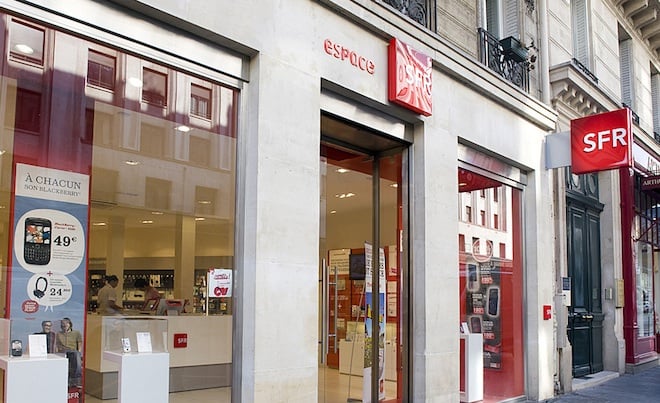
Like it or not, HSPA+ can now officially be called a 4G technology after the International Telecommunications Union decided that the advanced 3G technology, along with LTE and WiMAX, can use the catchy marketing term when describing modern networks. Nokia Siemens Networks, one of the largest providers of infrastructure equipment next to Ericsson and Huawei, recently inked a deal with French operator SFR to support 42 Mbps HSPA+. It’ll slowly be rolled out, but once it does … be prepared for speeds so fast that your face will melt off.
Over on the other side of the pond, T-Mobile is already one of the strongest supporters of HSPA+, using it in over 100 markets to get mobile broadband speeds that are in most cases faster than what anyone else offers. T-Mobile has also committed to upgrading to 42 Mbps HSPA+ at some point in 2011 and have joined forces with none other than Nokia Siemens Networks to one day roll out the 650 Mbps version of HSPA+. You’ll be hearing a lot of stories like this one coming out of Europe since many operators paid far too much for their 3G spectrum during the auctions that took place many moons ago. It’s easier, and cheaper, to just keep on upgrading their 3G tech than buying 4G spectrum and rolling out LTE. Speaking of LTE, many of the base stations that already do HSPA+ can very easily be upgraded to do LTE, but again, it’s a matter of getting the green light from the government to use the more advanced technology.
“The showcase of our Dual-cell HSDPA with SFR is proof of the ongoing evolution of data speeds over 3G aimed at enhancing the mobile broadband experience for people,” said Ana Maria Gimenez, head of SFR customer team at Nokia Siemens Networks. “NSN has long supported SFR’s dedication to increase its mobile data bandwidth, working with it to demonstrate peak data rates of 28 Mbps earlier in 2010, and the deployment of 14.4 Mbps in 2009.”
